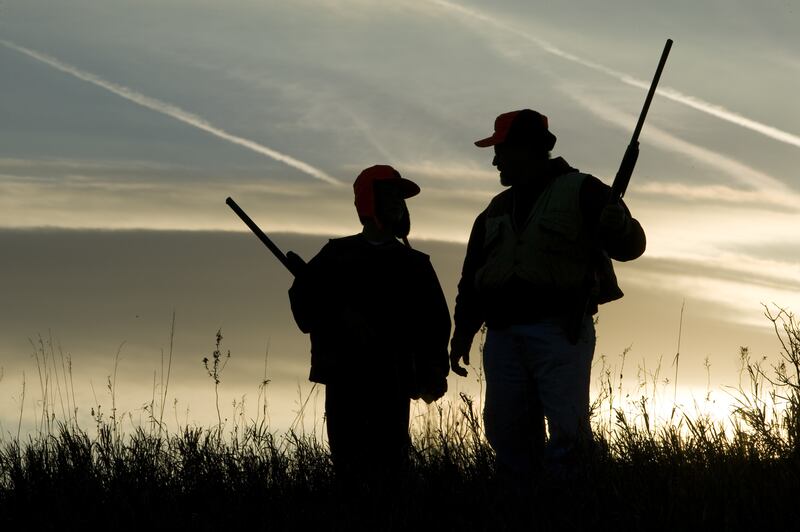SALT LAKE CITY — Hunting, fishing and wildlife watching on Bureau of Land Management acreage across the West and Alaska generated $3 billion in economic benefit in 2016, according to a recent analysis.
Utah, in particular, had 140,912 hunting visits, 65,068 wildlife watching visits and 64,074 fishing visits on its nearly 30 million acres of BLM-managed lands, according to the report released by multiple conservation and sportsmen's groups.
The report was released by the Pew Charitable Trusts, Theodore Roosevelt Conservation Partnership, the Wildlife Management Institute, Trout Unlimited, the Archery Trade Association and the American Fly Fishing Trade Association.
“Hunting, fishing and wildlife watching are long-standing traditions in the U.S., and public lands and waters offer some of the best places to enjoy these pursuits,” said Matt Skroch, an officer with Pew Charitable Trusts. “The report underscores the importance to communities in the West of wildlife and its associated public lands habitat and provides a strong economic argument for conserving our wildlife heritage on BLM lands.”
The groups commissioned the independent firm of Southwick Associates Inc. to conduct the research and compile it into a report called "Quantifying the Economic Contributions of Wildlife-Related Recreation on BLM Lands."
Lands analyzed include those in Alaska, Arizona, California, Colorado, Idaho, Montana, Nevada, New Mexico, Oregon, Utah, Washington and Wyoming.
Research showed that those lands supported 26,500 jobs, generated more than $1 billion in salaries and wages and produced more than $421 million in federal, state and local tax revenue.
“Our research found that recreation associated with fish and wildlife on BLM lands is a significant jobs generator, providing income for rural communities for decade after decade with minimal investment compared to other industries,” said Rob Southwick of Southwick Associates. “Smart business and planning call for managing BLM’s fish and wildlife-related resources as important economic assets.”
In Utah, the research showed BLM lands supported 840 jobs, $31 million in salaries and wages, $103 million in sales, $5 million in state and local tax revenue and $7 million in federal tax revenue.
"We know from study after study from the Governor's Office of Economic Development and others that one of the driving factors in Utah's growth, of people coming here from the outside, is the outdoor recreational activities," said Andy Rasmussen, Utah field coordinator with Trout Unlimited.
"It is a big deal. These numbers are impressive."
A national survey conducted by the U.S. Fish and Wildlife Service in conjunction with the U.S. Census Bureau and U.S. Department of Commerce found wildlife-related activities are on the rise. A five-year comparison from 2011 to 2016 found a 16 percent increase, particularly among wildlife watchers.
Across the country, an estimated 86 million people engaged in some sort of wildlife watching, either at home or away.
Conservation groups say this latest report emphasizes the importance of public lands to wildlife-related recreation.
“These findings confirm what many of us have known all along: BLM public lands are critically important for public hunting and fishing in America, and these activities are good for businesses and local communities alike,” said Christy Plumer, chief conservation officer with the Theodore Roosevelt Conservation Partnership.
“This report should be a foundational resource as decision-makers consider the economic effects of wildlife habitat conservation on BLM public lands.”
The researchers based their calculations on 2016 visitation data from the BLM and spending data from the U.S. Fish and Wildlife Service’s 2016 National Survey of Fishing, Hunting, and Wildlife Associated Recreation.


